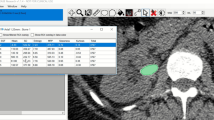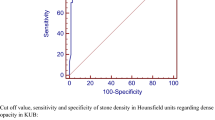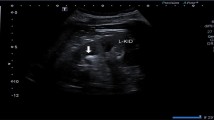Abstract
Objective
To investigate the effect of stone size, chemical structure, radiologic appearance, stone weight and stone mineral density onin vitro stone fragility.
Methods
A total of 216 stones obtained by open surgery were stratified according to their size, chemical structure (X-ray crystallography), radiologic appearance, mineral content and density (dual photon absorptiometry) and weight. Stone fragility was measured by the number of shock waves needed to completely fragment the stones in a phantom model by Dornier.
Results
Stone weight increased according to stone size and mineral density varied in relation to chemical composition. The radiologic appearance was not predictive of the chemical content. The most significant variable to predict the number of shock waves needed for full fragmentation was the stone weight. The stone weight could be formulated as a function of mineral content and the equation had statistical significance (p=0.000). The necessary number of shock waves for complete disintegration also could be estimated by using stone weight, stone size and mineral density. This equation was also statistically significant (p=0.000).
Conclusions
Stone weight which is a function of stone mineral content seems to be the single most important parameter to predict stone fragilityin vitro. Stone weight can be estimated by using the stone mineral content. Prediction of the necessary number of shock waves for full fragmentation seems possible and is formulated into an equation that proved to be statistically significantin vitro.In vivo application of this estimation awaits further research.
Similar content being viewed by others
References
Atala, A., Steinbock, G. S.: Extracorporeal shockwave lithotripsy of renal calculiAm. J. Surg., 157, 350 (1989).
Griffith, D. P., Valiquette, L.: PICA/burden: A staging system for upper tract urinary stones.J. Urol., 138, 253 (1987).
Katz, G., Lencovsky, Z., Pode, D., Shapiro, A., Caine, M.: Place of extracorporeal shock wave lithotripsy (ESWL) in management of cystine calculi.Urology, 36, 124 (1990).
Webb, D. R., McNicholas, T. A., Whitfield, H. N., Wickham, J. E.: Extracorporeal shock-wave lithotripsy, endourology and open surgery: The management and follow-up of 200 patients with urinary calculi.Ann. R. Coll. Surg. Engl., 67, 337 (1985).
Author information
Authors and Affiliations
Rights and permissions
About this article
Cite this article
Demirbaş, M., Ergen, A. & Özkardeş, H. Stone fragility in shock wave lithotripsy can be predicted in vitro. International Urology and Nephrology 30, 553–557 (1998). https://doi.org/10.1007/BF02550543
Accepted:
Issue Date:
DOI: https://doi.org/10.1007/BF02550543




